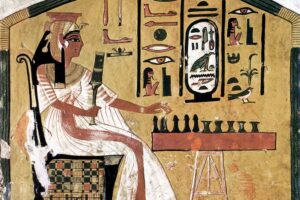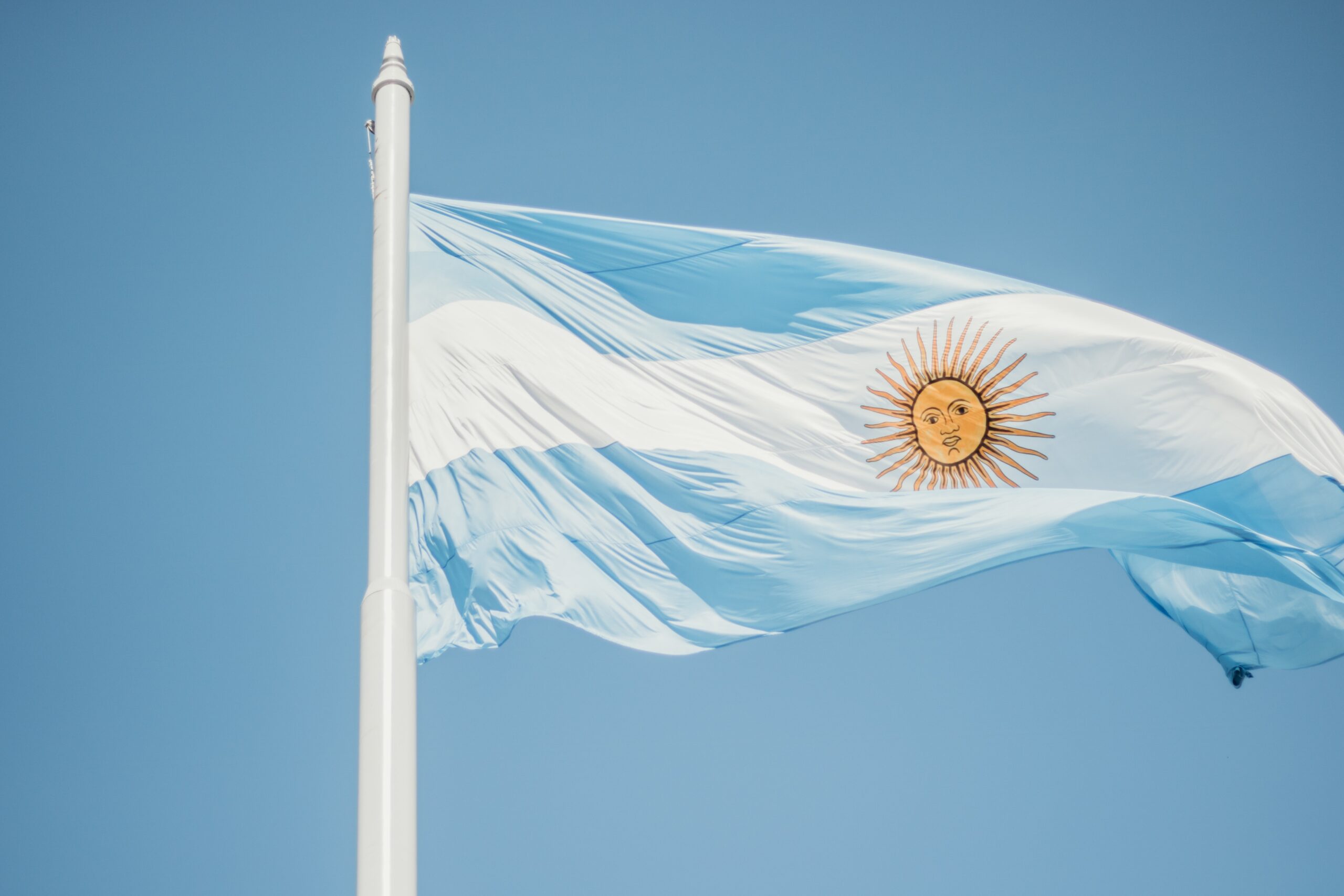Over two hundred years of conflict with the Russians have been costly for Tetenia.
The small North Caucasus mountain state and its people have been outgunned, deported and at least twice blown apart and reassembled by the Russian Empire.
Here Tetenia’s path from Catherine the Great to Ramzan Kadyrov is strewn with thorns.
A thorn in Russia’s side
It can be difficult to spot Tetenia on a map of the world’s largest country, Russia.
This Russian autonomous republic is only about the size of Kuwait and is well hidden in the Caucasus Mountains that stretch from the Black Sea to the Caspian Sea.
Nevertheless, Tetenia is a huge thorn in Russia’s side.
For the past two centuries, Islamic separatists have used force and violence in order to free themselves from the iron clutches of Russia and declare the independence of Tetenia as an independent Islamic state.
To say the least, this has caused the relationship between Russia and Tetenia to be fraught with tension, and in the last decade of the 20th century, the tension became the trigger for two bloody wars in which nearly 160,000 civilian Teténians lost their lives.
The Caucasus Wars
The Tétés are among at least 40 different peoples that inhabit the Caucasus Mountains, home to roughly 20 million people.
Minorities in the Caucasus have been ruled by superpowers such as the Byzantine Empire, Mongolia, Persia, the Ottoman Empire and, more recently, Russia.
Russia’s dominance over the Caucasus dates back to the 1760s when Empress Catherine the Great embarked on a major conquest and expansion of the Russian state.
Her intention was to annex the North Caucasus to Russia and thus also Tetenia, but the Muslim nations in the region resisted the Russian invasion.
This became the trigger for the Caucasus Wars, which were fought from 1817 to 1864.
On the other side of the battle line were the powerful Russian emperors with their powerful armies. On the other side of the battle line was the poor Tetenian people led by the holy Imam Shamil.
The Tetenia rebel army was finally defeated in 1859, after which Tetenia officially came under Russian rule.
Short-lived independence.
The wars left Tetenia in ruins.
Cities and villages had been burned to the ground and it is estimated that around half of the population had died.
Hatred of the Russians permeated the Tetenian people who spoke the Arabic language and were of the Muslim faith instead of believing in the god of the Christian Russians.
When Lenin came to power following the revolutions in 1917, he tried to cover up his arms against Muslims and their independence movements.
A special declaration to the Muslim Russian state read as follows:
“From now on, you are free to practice your religion and customs, and your national institutions and cultural institutions are considered to be free and inviolable. Build your public life freely and without obstacles. This is your right”.
Rebels have sought refuge in the rugged mountain regions of southern Tetenia as the independence wars have raged.
Incorporated into the Soviet Union
The mountain nations in the northern Caucasus mountains, including Tetenia, took the new communist leader at his word and declared the independence of the state of the North Caucasus on May 11, 1918.
However, the independence was short-lived. Lenin did not want the North Caucasus to have absolute autonomy, and in 1919 he sent the Red Army into the region.
Three years later, ie in 1922, all of the Caucasus states were incorporated into the newly formed Soviet Union.
Tetenia gained the status of an autonomous region, and in 1934 this new region was united with the neighboring region inhabited by the Ingús tribal people.
About Tetenia
● Population: about 1.4 million.
● Area: 17,300 km 2
● Language: Czech and Russian.
● Religion: Islam (mainly Sunni).
● Leader: Today, the Russian republic is ruled by President Ramzan Kadyrov, who has been in power since 2007.
Stalin deports 400,000 Tetets
However, the Russians still had power and the autonomy in the region was more in theory than on the table.
Teten rebels therefore continued the fight for independence throughout the 40s of the last century and up to the 50s.
In 1944, the then leader of the Soviet Union, Joseph Stalin, had had enough of the ugly Islamic minorities.
He dissolved the republic and had the population, a total of 400,000 Teténa and 90,000 Ingush, transferred to Central Asia.
It is not known how many people lost their lives in these human transports, but it is safe to assume that around 40 percent of them died on the way in unheated freight wagons.
The Soviets said the deportations were due to the Tétés being treacherous and collaborating with the Germans during World War II.
However, the correct explanation was probably that Joseph Stalin wanted to get rid of the Muslim minority, which caused him and the Soviet government various problems.
After the death of Stalin in 1953, the Soviet Union officially apologized for the exile, and in 1956, Tetenia regained its status as an autonomous republic.
By the end of the 1960s, most of the Téténes had returned home from exile.
Former Tetén War
The exile really increased Téténa’s hatred towards Russia, and in the following decades, the demand to free the country from the power of the communist power began to bear more weight.
When the Soviet Union dissolved, Tetenia declared independence. However, the declaration of independence did not sit well with the newly elected president of Russia, Boris Yeltsin.
According to Russian law, it is clearly stated that the 21 autonomous states of Russia are subject to Russia, even if the Soviet Union was a thing of the past.
The conflict between the breakaway republic and Russia increased in the 1990s, and in 1994 Russian tanks appeared in Tetenia.
For the next 20 months, the Russians tried to break the Tété resistance back again with massive military components.
At first they managed to drive the rebels into the mountains, but later the separatists managed to make the Russian army retreat.
Later Tetén War
In 1996, both sides agreed to negotiate a cease-fire, but this actually represented Teténía gaining independence.
Vladimir Putin did not like this at all, and when he came to power in 1999, he let things slide and the later Teténa War became a reality.
The war officially ended with a Russian victory in 2002.
In 2005, the Tetenese authorities released official death tolls from the two wars, which revealed that a total of 160,000 civilians had died in them.
The battles between the Tétés and the Russians did not end by any means, even though the war was considered to be over.
Throughout the first decade of this century, Tetchen insurgent groups carried out bloody terrorist attacks.
In 2002, Tetenist rebels quickly took 800 people hostage in a theater alone in Moscow.
All 40 rebels are killed by Russian special forces. 130 hostages die after inhaling gas that special forces pumped into the theater in an attempt to free them.
Two years later, Teten terrorists took 1,300 children, teachers and parents hostage in a school in Beslan. A total of 344 people lost their lives, more than half of them were children.
Putin’s brother-in-law leads Teténía
Today, Tetenia is ruled by Vladimir Putin’s handpicked torturer, dictator Ramzan Kadyrov.
He was made president of the autonomous republic in 2007, but he took over from his father, Akhmed Kadyrov, who was killed in a bomb attack in the Tetian capital, Grozny, in 2004.
The son had played the role of president since 2004, but could not be called president until 2007, because according to Teten law, he had to be thirty to be allowed to call himself president.
There is no doubt to whom Ramzan Kadyrov shows loyalty. This was not the least bit evident when Russia invaded Ukraine on February 24, 2022.
Kadyrov declares war on Ukraine in Prada boots
The day after the invasion, Kadyrov held a large military parade in front of the presidential palace in Grozny.
Dressed in predatory Prada boots and sporting a full beard, Kadyrov declared that “Tetan warriors would conquer the main conflict zones in Ukraine.”
He advised the president of Ukraine, Volodymyr Zelenskiy, to surrender.
While Ramzan Kadyrov is in power, Russian President Putin guarantees that the Tetena independence struggle will not lead to the third Tetena War.
Kadyrov, who is a former general, is also a notorious torturer who uses all tricks to break his enemies back, including Russia’s enemies.
In 2017, the US implemented economic sanctions against Ramzan Kadyrov.
The American finance minister said the reason was that the leader of Tetenia was responsible for killings, disappearances, torture and abuse of power.












